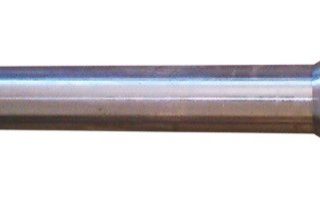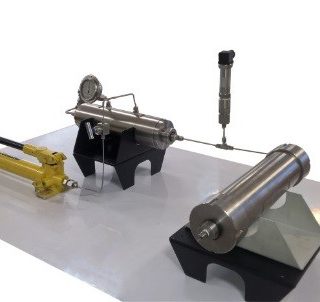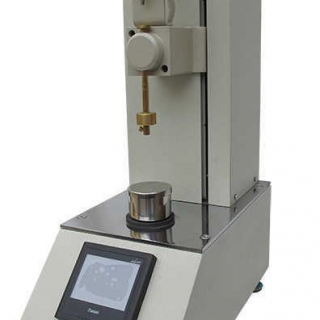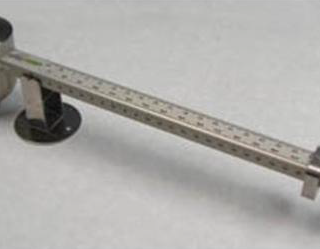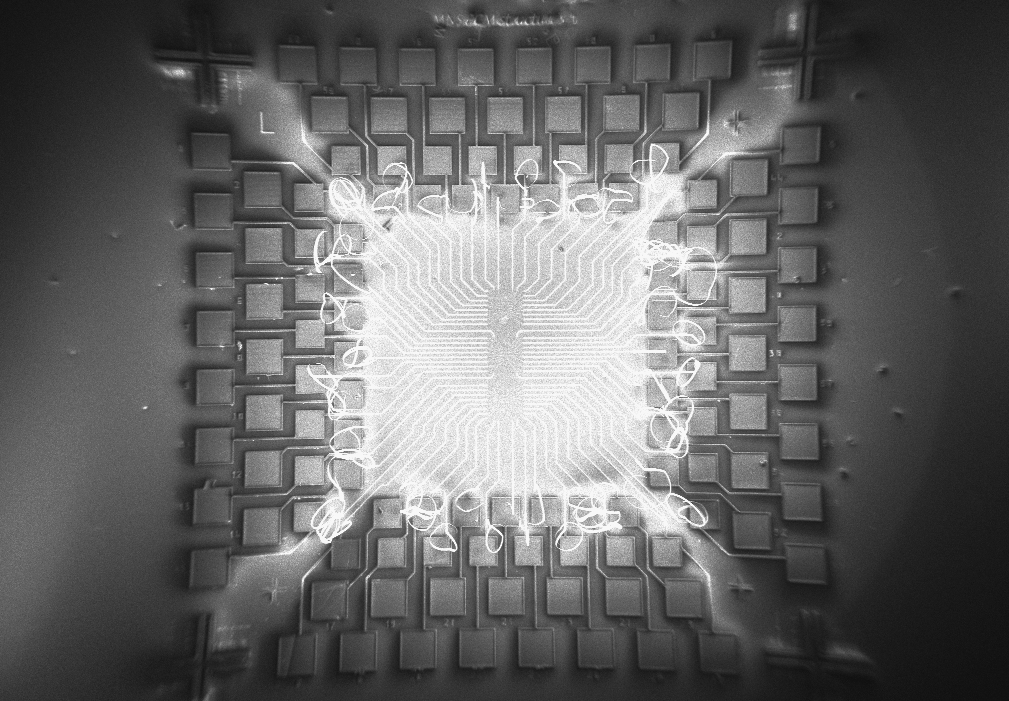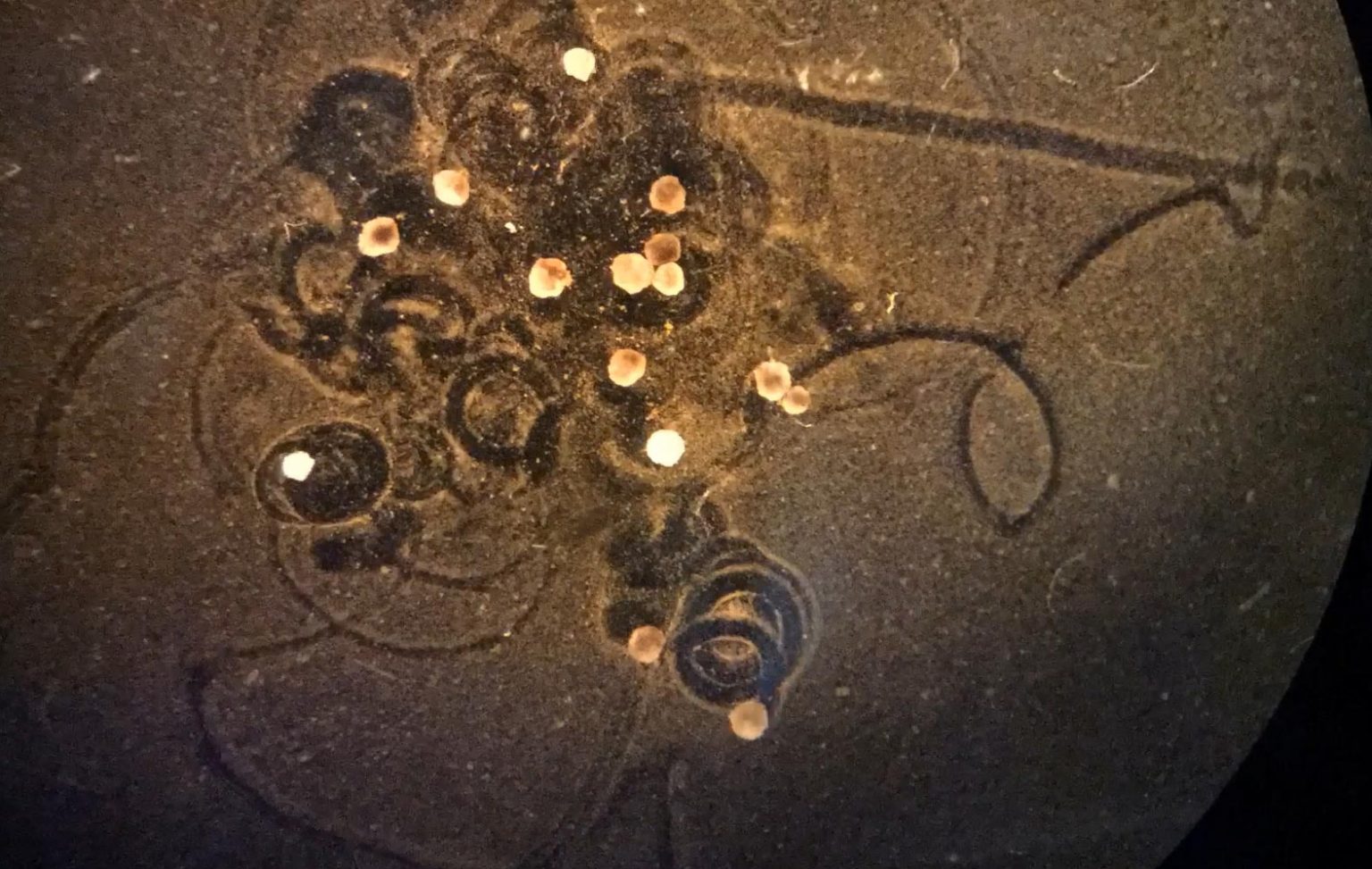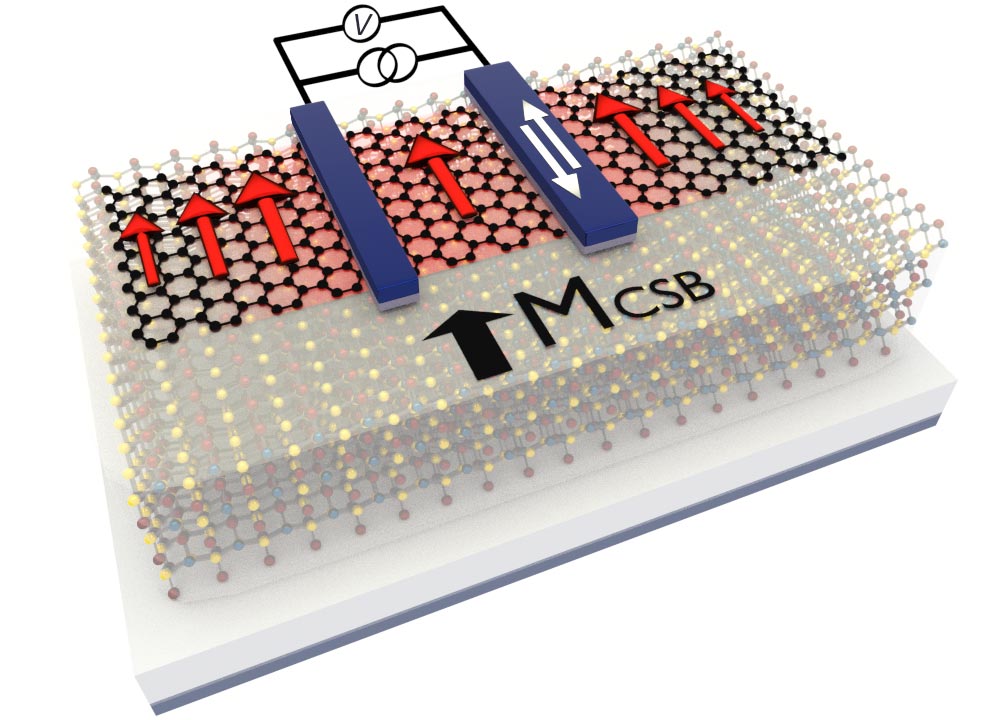Products
- Core Preparation
- Routine Core Analysis
- Special Core Analysis
- Reservoir Stimulation
- EOR
- IFT Measurement
- Fluid Sampling
- PVT
- Pump
- Drilling Laboratory
- Petroleum Laboratory
- Aniline Point Measuring Device
- Cloud Point Measuring Device
- Copper Corrosion Measuring Device
- Distillation Apparatus for Petroleum Fluids
- Ductility of Bituminous Materials Measuring
- Flash Point Measuring Device
- Ostwald’s Viscometer
- Penetration of Bituminous & Lubricating Grease Materials Measuring Device
- Pour Point Measuring Device
- Reid Vapor Pressure Measuring Device
- Saybolt Viscometer
- Smoke Point Measuring Device
- Softening Point of Asphalts & Tar Pitches Measuring Device
- Fluid Laboratory
Our group is among the knowledge-based enterprise pioneers in petroleum industry.

Reid Vapor Pressure Measuring Device
The REID vapor Pressure Measuring device is an automated Reid Vapor pressure instrument that measures the vapor pressure of gasoline, volatile crude oil, and other volatile petroleum products. The RVP test is used in various quality control and R&D applications. RVP tests measure the potential impact of gasoline on engine performance and help benchmark fuels for various emission regulatory compliance programs.
| Educational Reid Vapor Pressure Measuring Device RVP-P10 |
|
|---|---|
 |
|
| The Machine Includes a Water Bath | |
| Cylinders Made of Stainless Steel | |
| Electronic Temperature Control | |
| Static Color of the Body |
Related products
-
Ostwald’s Viscometer
Read moreOstwald viscometer, also known as U-tube viscometer or capillary viscometer is a device used to measure the viscosity of the liquid with a known density. The method of determining viscosity with this instrument consists of measuring the time for a known volume of the liquid (the volume contained between the marks A and B) to flow through the capillary under the influence of gravity. The instrument must first be calibrated with materials of known viscosity such as pure (deionized) water. Knowing the value of the viscosity of one liquid, one can calculate the viscosity of another liquid.
Request for quote -
Sand Content Set
Read moreThe sand content kit is a simple, accurate, and inexpensive sieve analysis apparatus for determining the sand content of drilling muds. Sieve analysis is the preferred method for sand content determination because of the reliability of the test and the simplicity of the equipment. The volume of sand, including that of void spaces between grains, is usually measured and expressed as a percentage by the volume of the drilling fluid.
Request for quote -
Mud Circulation Structure
Read moreThe device is used as a simulator of the mud circulation system. The drilling fluid circulating system is like a close loop electric circuit through which drilling fluid (i.e. mud) can travel from the surface to all the way downhole and back to its initial point (i.e. mud pit). The cuttings are then separated from the mud, which is then recycled.
Request for quote -
Mud Balance
Read moreMud balance measures the density and specific gravity of drilling fluid and cement slurries. This apparatus is designed based on API-recommended standards. It is portable and can be carried to the rig to perform on-site measurements. It is one of the most sensitive and accurate field instruments available for determining the density or weight-per-unit-volume (specific gravity) of drilling fluids.
Request for quote
Best offers
Customizing Orders Based On Customer Needs
Initial Setup & Installation
24x7 Support
Product Warranty & Guarantee
CIF Delivery
Know Us

The company provides new services based on state-of-art technologies, breaking into new markets, and eventually, stabilizing as a knowledge-based industrial group.
Read More
